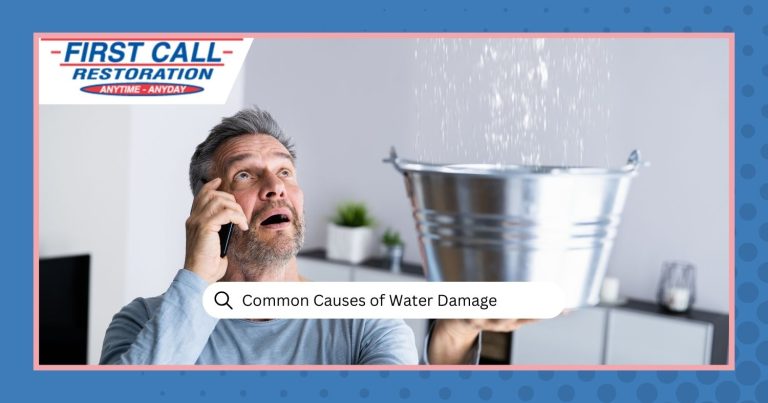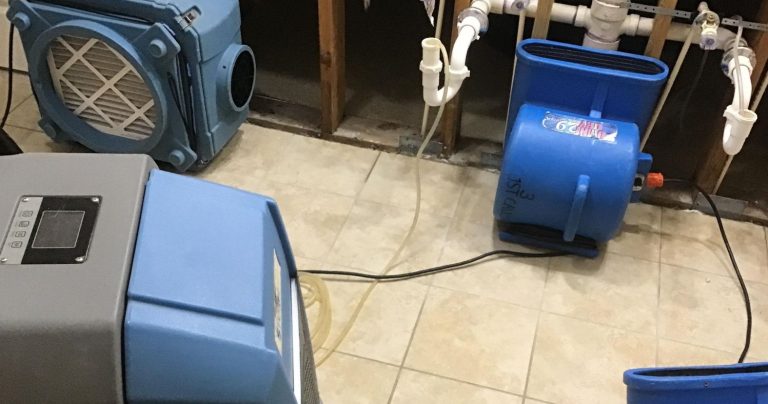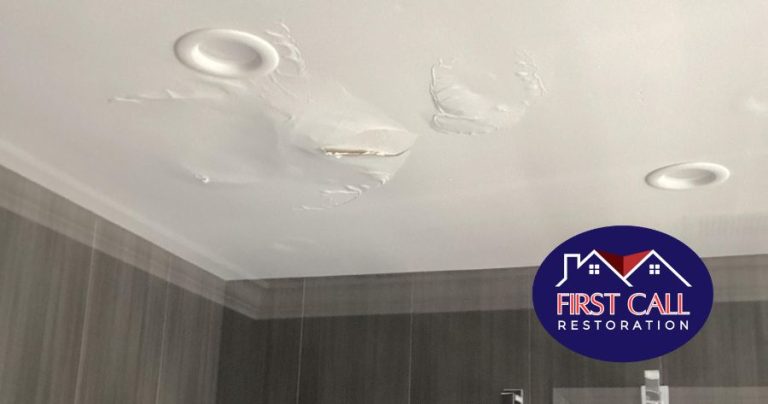Table of Contents
ToggleFirst Call Restoration specializes in mold removal and water damage restoration in Hudson Valley. For more than two decades, we have been serving consumers and business owners in the Southeast New York area.
During the winter months, we get lots of calls because pipes break and flooding occurs. If this occurs, your first step is to call First Call Restoration to remove the water. The sooner the water is removed and moisture reduced, the better because this can prevent the onset of mold.
One of the goals of First Call Restoration is to educate consumers in the Southeast New York area. With this in mind, the purpose of this article is to provide you with some excellent tips and advice to prevent your home or business from flooding during the winter months.
Experts at water damage restoration and mold remediation in your home or office
Contact us today
(845) 442-6714
1. Do You Know Where Your Water Main Valve Is?

If a pipe breaks the single most important action you can take is to shut off the main valve that controls all the water entering your home.
In order to do this, you should know where this is located.
Many water meter setups have two valves, one on the street side of the meter and one on the house side. In colder climates, you’ll typically find the main shutoff in the basement near the front of the house. In warmer climates, it will be outside your home attached to an exterior wall or in an underground box with a removable lid.
There are two types of main shutoff valves: the gate valve and the ball valve.
The gate valve is common in older homes and has a round handle that must be turned a number of times to open or close the valve. Gate valves are designed to be fully open or fully closed. Water flowing through a partially open gate valve can wear away the metal and cause the valve to fail over time.
The ball valve is more common in newer construction and has a lever handle that needs to be turned 90 degrees to turn the water on or off. You can immediately tell if it’s open or not. In the closed position, the lever is perpendicular to the pipes; in the open position it’s parallel.
You should make a habit of checking your shut off valve at least semi annually and make sure to spray some sort of lubricant like WD-40 on it while opening and closing it a few times.
This process should be performed not only with your water main but all shut off valves such as under your kitchen sink, bathroom sinks, toilets and laundry room washer valves.
If you are not sure if the water main valve is completely shut off, test it.
This test if fairly simple. All you need to do is turn on a faucet somewhere in your home and then shut off the main water valve. If the shutdown works properly, then all the water should stop.
If you have never turned off the valve before, some words of caution.
An old valve can break, so be gentle when performing this test. If the valve is stuck, leaks, or does not shut off all the way, please leave it alone and contact a licensed plumber to loosen the valve and/or replace it. The last thing you want to happen is to try to turn off the valve and inadvertently break it.
If you spring a leak you will be well prepared to mitigate loss by quickly shutting off the proper valve!
In addition, don’t forget about your outdoor faucets. These are the first plumbing parts to freeze and burst when the temperature drops. So always close the supply shutoff valve inside the house. After turning off the supply shutoff, open the outside faucets to drain the remaining water out of the pipes. Never leave a hose connected to an outdoor faucet because it traps water in the faucet, which can freeze and crack open the faucet.
Another tip to avoid frozen plumbing is to keep things warm enough inside the house so that water pipes running through exterior walls don’t freeze and burst.
As a final note, we also recommend that you inspect your supply lines as well. It will take you about 10 minutes and a flashlight to inspect your supply lines for leaks, cracks, bulges, and/or signs of corrosion. If you find any problems, be sure to contact a plumber to have these issues fixed as well.
2. Make Sure Your Sump Pump Works!

If it doesn’t, be sure the sump pump is plugged in (a surprisingly common oversight) and check the breaker as well. Also make sure the outlet pipe isn’t frozen or clogged and that it directs water away from your home. Clean the hole in the discharge line and check that the motor is running smoothly. Also consider adding a backup battery to your sump pump so that it functions during power outages, which seem to go hand-in-hand with heavy rainstorms.
3. Do An Inspection Of The Inside and Outside Of Your Home!
Ideally, do this before the onset of the coldest temperatures in the winter.
Taking the time to check the gutters and downspout extensions can save you thousands of dollars later by preventing storm water damage. Check to see if leaves, sticks or other debris are blocking the inlet of the downspout and preventing water from flowing down the spout. Also make sure your downspout extensions are discharging the water far enough from the foundation and that you always reattach them after you mow your lawn.
Keep in mind, a 1,000-sq.-ft. roof can cast off about 620 gallons of water during a 1-inch rain storm. That’s about 103 gallons per downspout if you have six of them. That’s a lot of water dumped right next to your basement to greet you when you return! A quick check to make sure the gutters are clean and the downspouts are draining away from the foundation are key to prevent water damage and basement flooding.
In addition don’t forget to inspect the following:
- Pipes under every sink.
- Water heater.
- Seals around windows (in case it rains).
- Appliance hoses: washing machine, dishwasher, and ice maker.
- Toilet tanks. Look for cracks that may worsen and leak while you’re gone. In addition, put anti-freeze in the toilet bowl during the winter. Even if you turn off the water main and drain the tank, there will still be some water in the bowl. Pour marine antifreeze (which is non-toxic) into the bowl to prevent the water from freezing, expanding and cracking the porcelain.
- Insulate exposed pipes. You can buy the right insulation at any local hardware store.
Read More About – Water Restoration Tips For Your Home
Got Flood Prevention Or Mold Removal Questions?

Have questions? Contact us today. If your home is flooded, the first step is to have all of the excess water removed and the area dried properly by First Call Restoration. Once this is done, we will professionally remove the mold from your home to restore the fungal ecology. Once the mold is removed and the third party testing is done, then and only then should you begin the rebuild process.
For more information, reach out to First Call Restoration today to learn about the benefits of hiring a professional for water damage restoration.
Experts at water damage restoration and mold remediation in your home or office
Contact us today
(845) 442-6714




